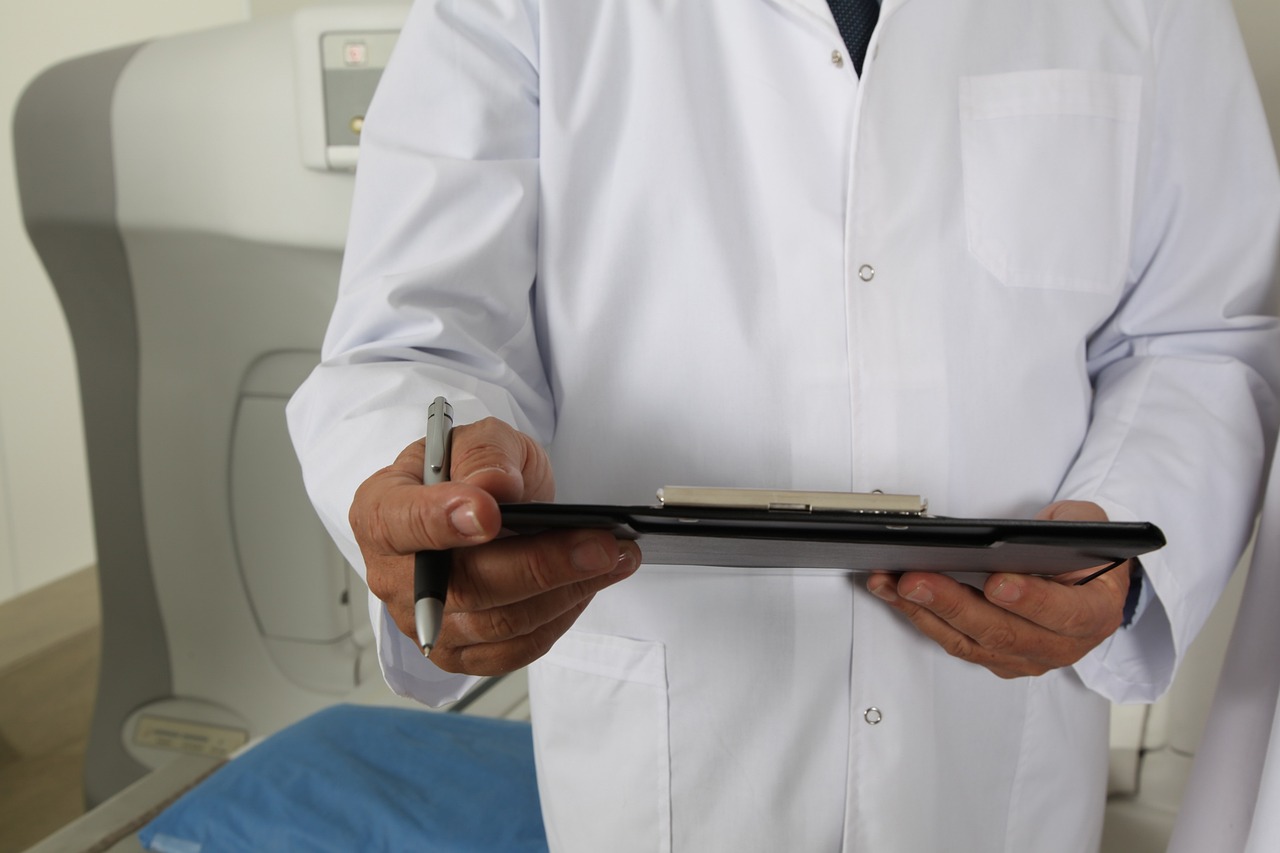What Is Maritime Telehealth?

The growth of medical technologies, especially in the area of telemedicine, has created a new term, maritime telemedicine. This is defined as the application of telemedicine to enhance healthcare services on sea and shore. With the help of GPS technology and wireless technology, crew members can receive essential operational information from the vessel at the site of operations. Telemedicine enables timely communication between the doctor, the patient, and the other health care team members. In some cases, the information provided is real time, real-time, or delayed-viewing information, allowing critical time for each patient. Read more about maritime telehealth on this site.
A telemedicine application on a maritime vessel can provide patients with instant access to their physicians, urgent care facilities, pharmacy, and other medical professional. Depending on the specific telemedicine system installed on the vessel, different telematics applications may provide instant access to the heart beat, blood pressure, oxygen levels, and other vital signs. By accessing these vital signs at the precise moment they are needed, medical professionals can better treat patients. A mobile instant messaging (MIM) platform may be used to access physician information.
Many seafarers are concerned about the dangers that come with maritime telehealth. According to maritime experts, there are certain measures that can be taken to minimize the risk of exposure to unnecessary medical technology. One such measure is to ensure that each crew member has a current ICD-9 diagnosis code that verifies his or her professional health. seafarers should also familiarize themselves with their seafarer's Personal Health Information (PHI). By doing so, seafarers will know what personal items they can take with them while working offshore.
Certain devices are used by seafarers to help them get access to quality medical care, including radios, satellite communication devices, and mobile phones. These devices allow seafarers to stay in touch with their home office or other workplace, even when they are on sea. Maritime telehealth solutions on this page can also reduce communications barriers between seafarers and their home offices.
Because some of the benefits of maritime telehealth are not yet available at sea, some seafarers have opted to acquire telemedicine equipment for their on-board medical support. Maritime telehealth equipment may consist of digital patient records (DPR) or portable barcode scanners. Some telemedicine equipment may also allow seafarers to make appointment arrangements, follow up with patients on a daily basis, and conduct specialized research. Depending on the equipment installed onboard, telemedicine may allow for more efficient use of time and improve crew efficiency at sea.
In addition to the potential use of maritime telehealth equipment to improve efficiency and quality of care, these new medical services can also benefit those who need remote medical care. As technology continues to advance, it is possible that in the near future, all persons that require remote medical services may receive care from a telemedicine provider. Those who live at sea, in remote locations, or in economically or medically disadvantaged areas may greatly benefit from this improved remote medical services. There are many questions that remain about the use of telemedicine for offshore, remote medical care and what the cost might be. However, there is no doubt that this innovative medical delivery system will continue to expand as both a cost-effective and reliable method of remote medical services for the Navy, Coast Guard, and the Shipping Industry.
Keep reading this post: https://en.wikipedia.org/wiki/Emergency_medical_services to add more knowledge about this topic.
Keep reading this post: https://en.wikipedia.org/wiki/Emergency_medical_services to add more knowledge about this topic.
